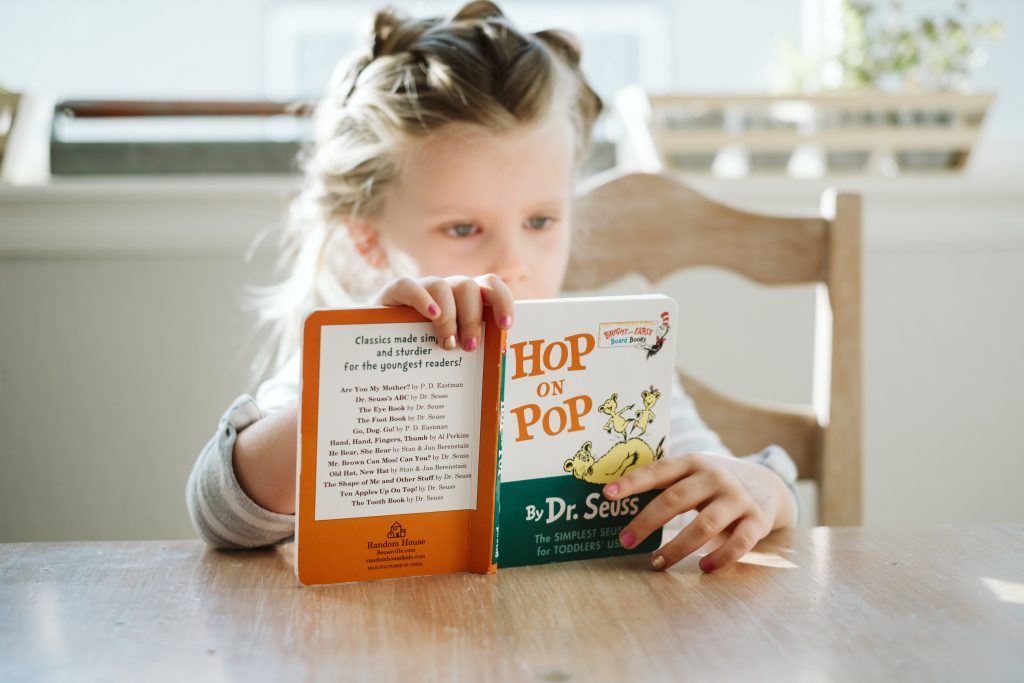
In celebration of National Novel Writing month, Authors Alliance is pleased to bring you resources and information about copyright issues of note for fiction authors. In this post, we will go over fair use as it applies to fiction writing. Last week, we discussed copyright protection for literary characters, and the preceding week, explored exceptions to copyright that are relevant to fiction authors.
One of the exceptions to copyright we talk about most often at Authors Alliance is fair use. Fair use is a doctrine that allows the use of copyrighted works without permission in certain circumstances, and is included in the Copyright Act. Authors Alliance offers a full-length guide to fair use for nonfiction authors, as well as a dedicated resource page designed to help authors navigate fair use issues. Within fiction, fair use comes up in different contexts than we normally see in nonfiction, as many of the core purposes of fair use—news reporting, research, and nonprofit educational uses—do not fit neatly within the ambit of commercial fiction. For this reason, fair use in fiction is often discussed in terms of parody. Parody— first discussed as a fair use by the Supreme Court in Campbell v. Acuff-Rose Music—works as a form of comment and criticism, core purposes of fair use. In the aforementioned case, the Court stated that parody had to “mimic an original to make its point.” While mimicking an original work is typically indicative of the kind of copying that can be infringement, in the context of parody, this similarity is essential for the parody to be successful. The Campbell Court defined a parody as a “literary or artistic work that imitates the characteristic style of an author or a work for comic effect or ridicule,” a definition which courts have more or less applied since.
Suntrust Bank v. Houghton Mifflin
The seminal court case for parody fair use in fiction is Suntrust Bank v. Houghton Mifflin, in which the estate of Margaret Mitchell, author of the perennial bestseller, Gone With the Wind, sued an author who had borrowed elements of the story for copyright infringement. The case concerned a book written by author Alice Randall entitled The Wind Done Gone, which Randall stated was “a critique of [Gone With the Wind]’s depiction of slavery and the Civil–War era American South.” The Wind Done Gone subverted many of the racial stereotypes in Mitchell’s novel, turning a story of a wealthy white family living on a plantation in Georgia into one which “flips [Mitchell’s] traditional race roles” and criticizes the racist tones in Mitchell’s prose by foregrounding complex and well-developed Black characters.
The Wind Done Gone incorporates fifteen separate characters from Gone With the Wind into its story, as well as several distinct elements of the plot, “such as the scenes in which Scarlett kills a Union soldier and the scene in which Rhett stays in the room with his dead daughter Bonnie, burning candles.” Yet the court relied on the Campbell decision to find that Randall’s use of Mitchell’s work was a fair one—it was necessary to directly evoke the work in order to comment critically on it in a way that would be clear to readers.
Dr. Seuss v. Penguin Books
Two other cases involving alleged parodies of works by Dr. Seuss illustrate the nuances of parody fair use a bit further. In Dr. Seuss v. Penguin Books, the estate of Theodor Geisel (the author of the Dr. Seuss Books) sued Penguin Books for its publication of an allegedly infringing work. The Cat NOT in the Hat! A Parody by Dr. Juice was “a rhyming summary of highlights from the O.J. Simpson double murder trial” which evoked the style of Seuss’s work. Penguin argued that the work was a parody of The Cat in the Hat and thus a fair use. The Cat NOT in the Hat! included language telling the O.J. Simpson trial story in the style of Seuss, such as “One Knife? / Two Knife? / Red Knife / Dead Wife” and “[I]f the Cat didn’t do it / Then Who? Then Who?” Yet evoking Seuss’s style was not enough to make the work a parody—the court emphasized that “[a]lthough The Cat NOT in the Hat! does broadly mimic Dr. Seuss’ characteristic style, it does not hold his style up to ridicule.” Unlike The Wind Done Gone, The Cat NOT in the Hat! did not comment on the original work, but merely borrowed its style to achieve different aims. For this reason, the court found that the work was not a parody, and that the author’s use of Seuss’s characters and style was not a fair one.
Lombardo v. Dr. Seuss
In Lombardo v. Dr. Seuss, the Geisel estate once again sued an author that had borrowed from Dr. Seuss’s work to create her own. In this case (which we have written about before in the context of fair use analysis), the allegedly infringing work was a play called Who’s Holiday, which “makes use of the characters, plot, and setting of the Dr. Seuss book, How the Grinch Stole Christmas! . . . to make fun of it and to criticize its qualities.” Who’s Holiday features the main character in How the Grinch Stole Christmas, Cindy-Lou, as a 45-year old woman who has fallen on hard times. Throughout the play, Cindy Lou “drinks hard alcohol, abuses prescription pills, and smokes a substance she identifies as ‘Who Hash,’” while speaking in rhyming couplets which evoke Seuss’s style. Unlike the Penguin Books case, Who’s Holiday did in fact criticize How the Grinch Stole Christmas!. Like The Wind Done Gone, it commented on the wholesome tone of the original work by juxtaposing it with crass, adult language and themes. Who’s Holiday “subverts the expectations of the Seussian genre” and making it appear “ridiculous,” functioning as an effective parody well within the bounds of fair use.
Discover more from Authors Alliance
Subscribe to get the latest posts sent to your email.
